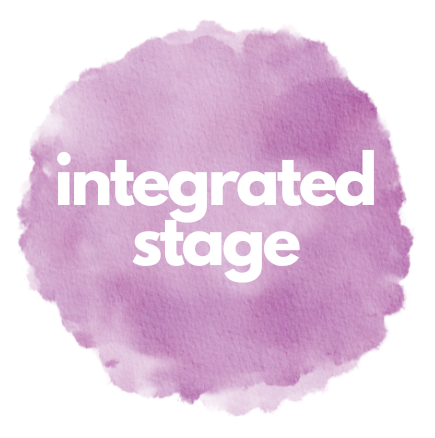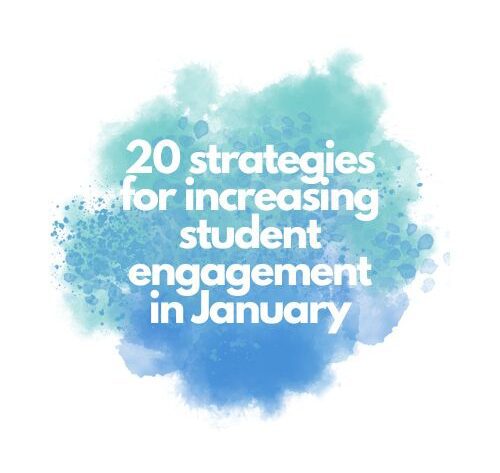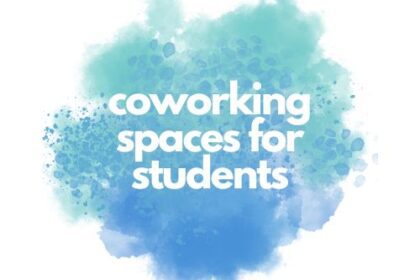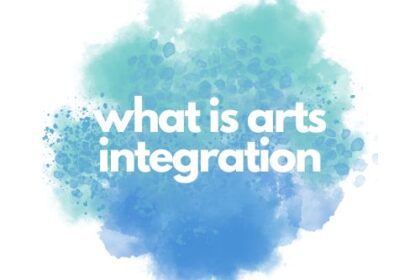January is exciting because it’s a new semester and a new year! But it can also be challenging in terms of student engagement since the holidays have come and gone. That’s why I’ve compiled a list of 20 strategies for increasing student engagement!
I fully recommend investing in classroom management ahead of any content on the first day or so back by going over routines and reteaching procedures (or using some of these for that). Once that’s done, engage those students!
A lot of these recommendations are focused on reviewing concepts and vocabulary from last semester and/or procedures. They’re also great to assess student knowledge ahead of teaching a lesson or at the end of the lesson.
Here are 20 strategies for increasing student engagement in January this year.
Arts Integration Activities
Arts integration is a great way to tap into both sides of the brain as well as illustrate mastery in a fun and exciting way. Learn more about arts integration here.
1. Act it Out: this can be used to illustrate understanding of new concepts, review old concepts, or show processes. Have your students get into groups and act things out as a pre-lesson activity, or as a post-lesson assessment.
2. Vision Board: perfect for the beginning of a new semester, this activity is definitely high on the engagement list. Give your students a topic related to goals. This could be goals for the semester, academic growth, and/or test score-related (because let’s be real: we know this semester gets a heavy-handed testing focus). Once that’s given, have the students grab construction paper, glue, and old magazines or they can do it digitally on Canva or Google Slides.
3. Song Lyricist: in groups, students can work together to review a concept or vocabulary from academics or even your procedures and classroom routines. They’ll create song lyrics of an existing song and perform it for the class.
4. Human Props & Settings: I like to use this one most to review. My plan for January is to do this to review our routines and procedures, but it is also excellent for demonstrating understanding. It’s similar to Act it Out, but students will become props or set pieces in the story rather than merely characters.
Gamify Your Lessons
It’s highly likely that your students have spent the last two weeks on screen time. Gamifying your lessons is a great way to meet them where they are while also helping them get to where they need to be.
1. Jeopardy: whip up a Google Slides lesson or find one on TpT to use.
2. Hangman: go old school to review vocabulary or concepts and have students guess the words or phrases. Make sure you add a layer of rigor by discussing what the word/phrase means as a class. Gaming, review, and discussions all in one? Yes, please.
3. Quizziz: creating a Quizziz is a snap, and the accounts for educators are free. I love to hop into my students’ live games when I’m in their classes integrating and the fun, friendly competition is really fun for everyone.
4. Hot Seat: this game can be played in many ways, but reviewing is my favorite. I saw a coworker use this in her classroom and the kiddos love it SO much. We put our students into two teams. One member from the first team goes up and sits in the hot seat. Then I write a concept or word on the board. That member’s team gets them to guess the word using hints. The catch is that they only have 60 seconds, they can’t say “rhymes with,” and they can’t act it out. If the person in the seat guesses correctly, the team gets a point. Play alternates. Whoever has the most points at the end is the winning team.
Hands-On Activities
I’m a firm believer in hands-on learning from infancy to 8th grade (at least) because of the way the brain makes connections. Here are four ways to go hands-on when you return in January. I think you’ll find they’re four rockstars within the 20 strategies for increasing student engagement.
1. Playdoh: this is definitely a Montessori technique and is loved by all kids. Playdough is perfect for creating letters to make words in a vocabulary game, illustrating the setting through models, and so many more ways. You can use this as an intro activity or even as a part of the main lesson.
2. Building Concepts: similarly, I love to use Legos, Tinkertoys, blocks, magnetic tiles, pipe cleaners, and other types of building toys to get students to show me what they remember about things before the break. You can’t go wrong with this one.
3. STEM Challenge: STEM challenges are fabulous in my opinion because they can be geared toward specific standards and also provides all of the fun of the building concepts above. Not to mention that students will be working together and team building. That’s great if you’re getting a new kiddo this semester.
4. Crafts: do I really need to write about why this one is so good? Students love to be creative and they love crafting because it doesn’t feel like work–but you know that doesn’t mean they aren’t learning! I love to look through Pinterest for craft ideas and relate them to the concepts we’re learning in a given lesson.
Inquiry-Based Lessons
My pre-K daughter is one of the most curious kids I’ve ever met. She wants to see things happen in front of her. “I just want to know everything!” is a phrase she utters daily. My 8th-grade daughter is also curious and, like her mama, is a researcher by nature. I see these qualities in my students, too. Questions posed to them, where they find the answers, are always really fantastic learning episodes in my classroom.
1. Escape Rooms: I really love the physical escape rooms because they get your students up and moving, but they do take a bit of time to prep. Digital escape rooms can come in clutch if you need to catch up some kiddos while keeping the others engaged. You can find digital escape rooms on Pinterest or TpT.
2. Puzzles: Oriental Trading has a class set of blank puzzles that you can purchase here. These can be used to create mind maps or other graphic organizers around concepts. This is both creative and requires inquiry-based skills. Plus, your students get a toy at the end. But if this isn’t your favorite, you can also use word scrambles, crossword puzzles, or concept-specific color by numbers.
3. Jigsaw: this is one of my preferred ways to teach social studies through reading. The Teacher Toolkit has an excellent overview of this classroom activity. Essentially, you’re going to take a concept and break it into smaller components. Then, place your students into groups. Each group will research a component and then come teach the class. I love this because there’s so much ownership in the lesson. You have the opportunity to both facilitate as they research and correct misunderstandings.
4. PBLs: PBLs are the ultimate in inquiry-based lessons. There are a ton of guides on how to create these as well as resources on many websites (and, of course, TpT).
Movement, Movement, Movement!
I’m a firm believer that kiddos have wiggles that we need to plan on it. We use that to our advantage in lessons by adding movement. It’s like a built-in brain break!
1. Gallery Walk: another one of my favorite classroom activities is the gallery walk. I love to use this with figurative language in texts and also in social studies. Have I mentioned I love to teach social studies through ELAR? Group your kiddos into small groups and have them look for examples of figurative language or utilize this strategy to answer essential questions, or respond to images. Do you wanna know more? This Edutopia article is really good.
2. Four Corners: a simple game from your Kindergarten days, you can use this to check for understanding throughout your lesson. Assign four places in your classroom space to represent “Rock solid,” “Pretty close,” “Not quite there yet,” and “What year is it?!” and have your kiddos go to their self-assigned place. I love that movement is combined with self-assessment here, too.
3. Stations: I think all teachers know how valuable stations can be, but I also know some who struggle to get them in. Consider this your permission to dive into stations more deeply in January.
4. Sticky Note Scavenger Hunt: this one has a little more prep on your end, too. Write vocabulary words on multiple colored sticky notes. You’ll group your students by color. Write the same words on all the colors and put them around the room. The students will discuss the connections the words have in their groups and determine what concept you’re trying to get them think of. Each group can share out their ideas. You’ll reveal what connections you wanted them to make afterward. For a similar bonus activity, check out this hexagonal thinking activity from Now Spark Creativity.
Ideas from Other Teachers
The Teacher Next Door shares her tips for January in this post.
4th-6th Grade Inference Escape Room (Winter Themed) from The Collaborative Class
4th-6th Grade Math Ice Rink PBL from Games 4 Gains
K-5th Grade Winter STEM Activities from Think Outside the Box
Thrive in Grade Five has me giddy with these social-studies-focused History Book Club Literature Circles!
That’s a wrap on 20 Strategies for Increasing Student Engagement!
I hope that at least one of the 20 strategies for increasing student engagement comes in handy for you as you head back into the second half of the school year.
Let me know in the comments if you use one of these strategies and how you saw engagement impacted in class. I can’t wait to hear about it!






[…] If you’d like other ideas on student engagement, check out this post I wrote. […]